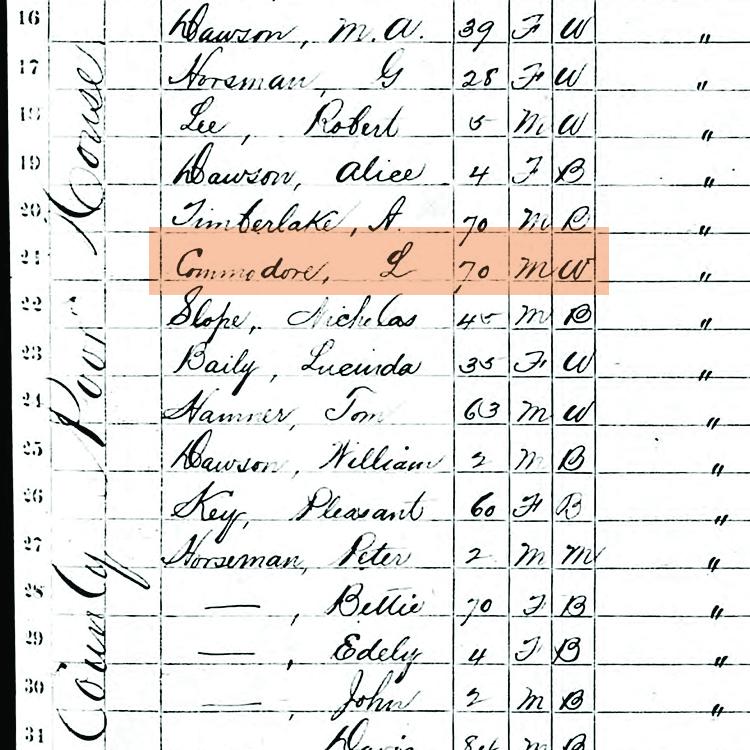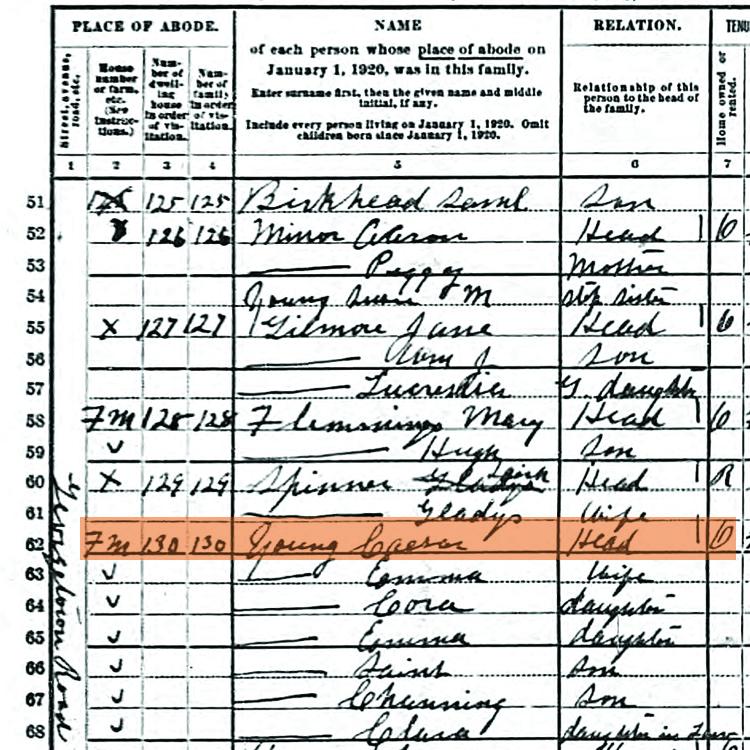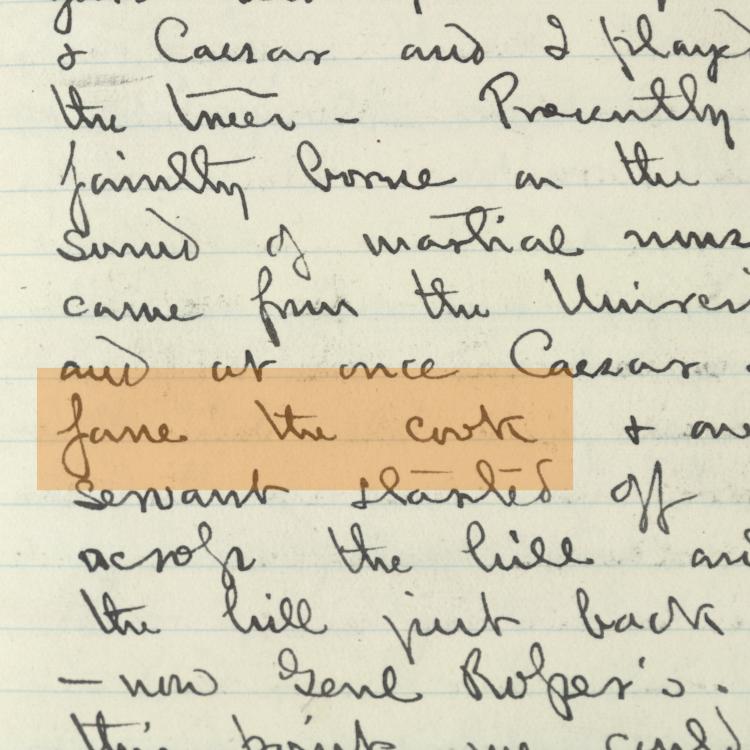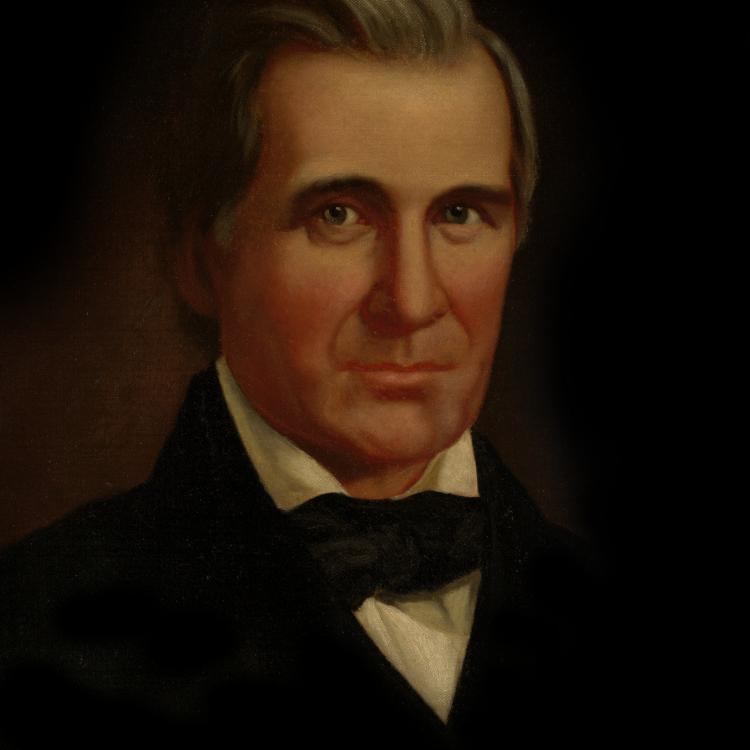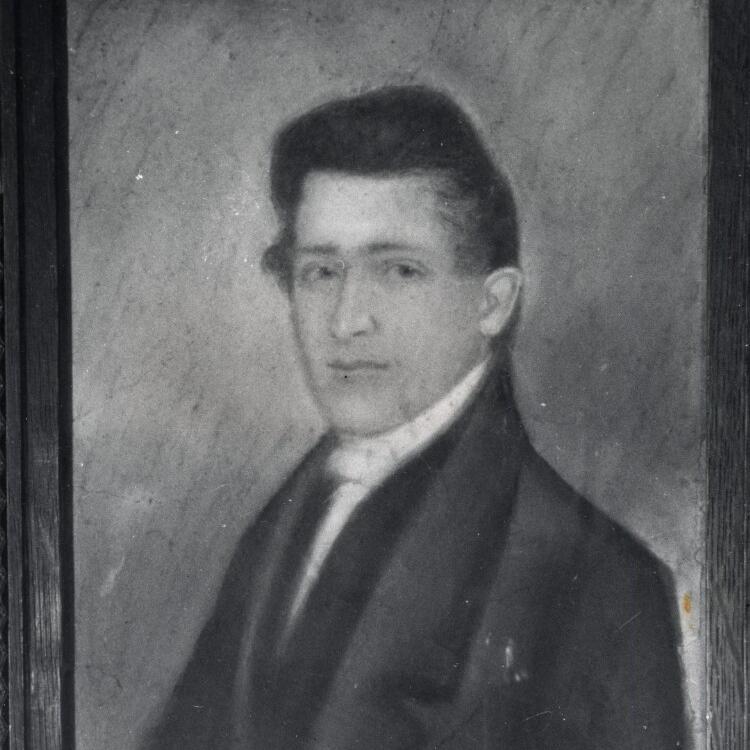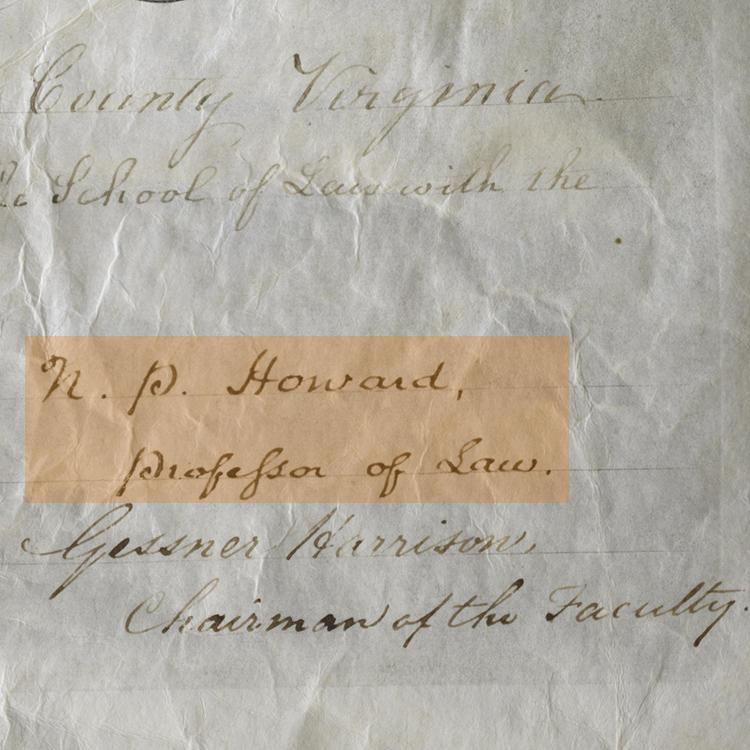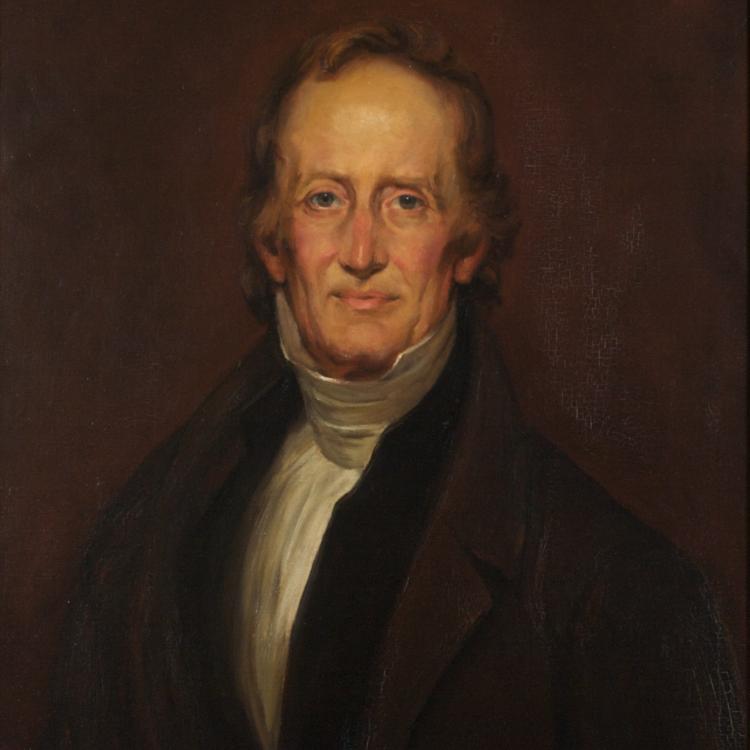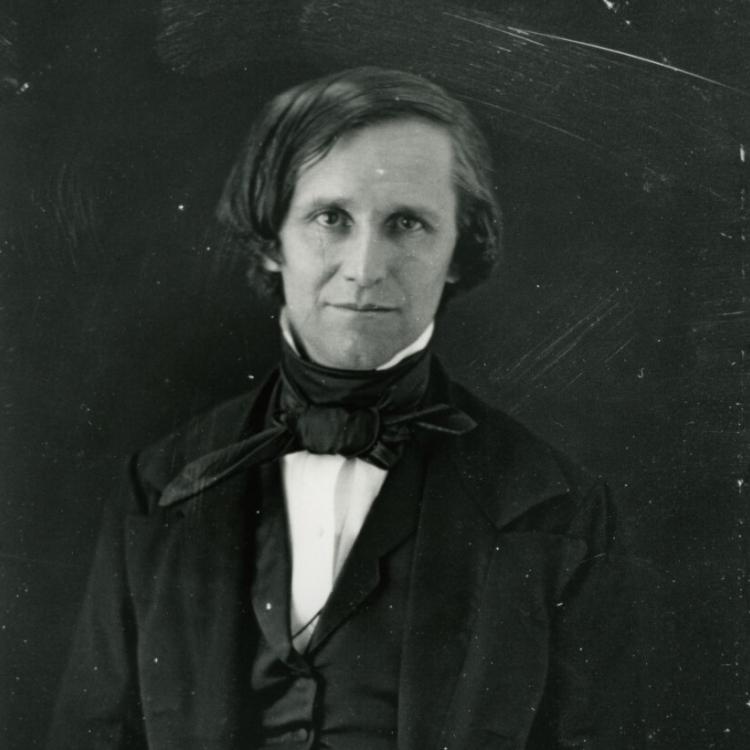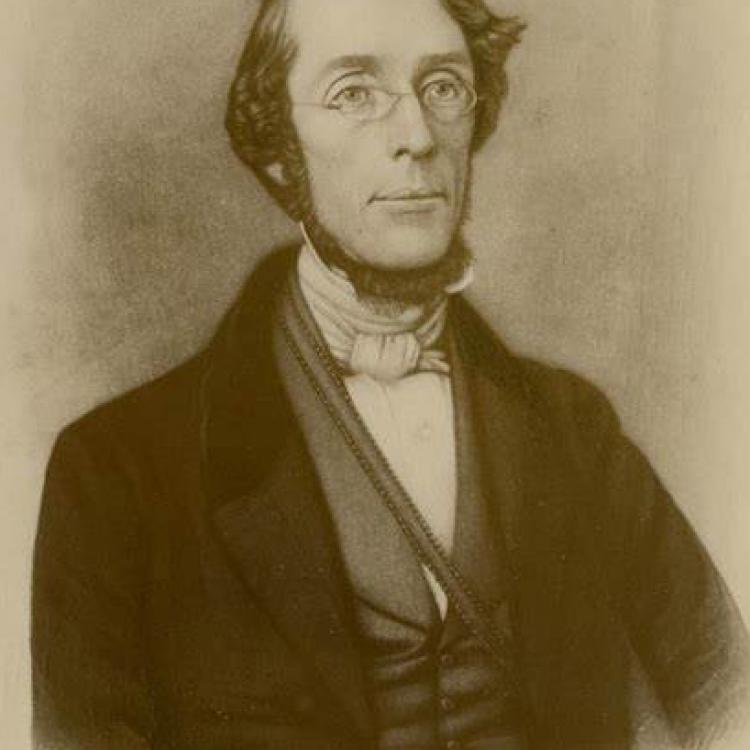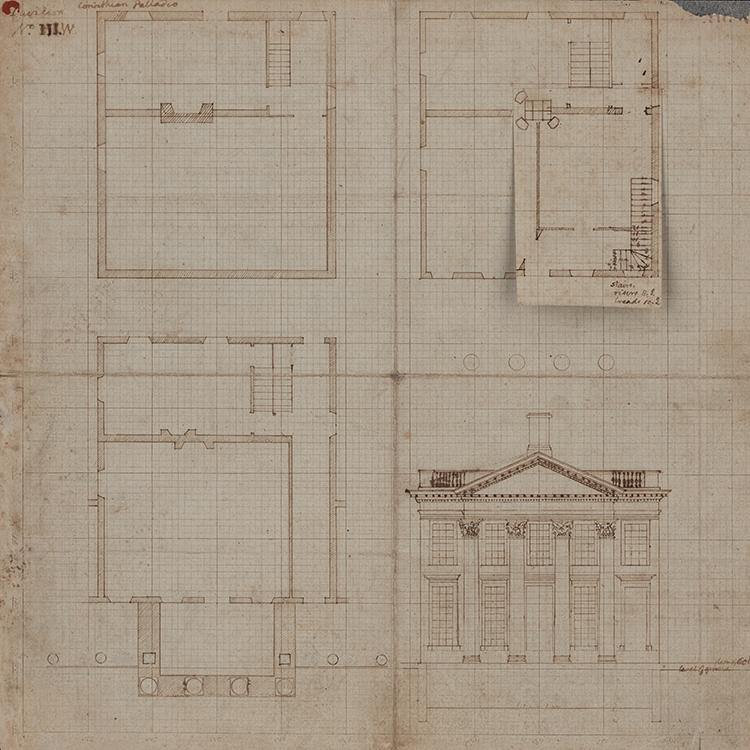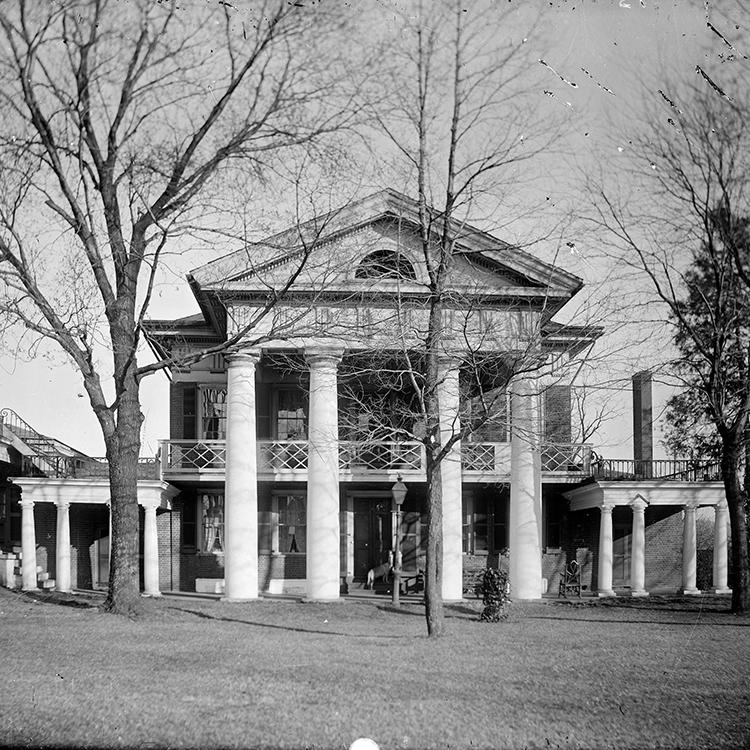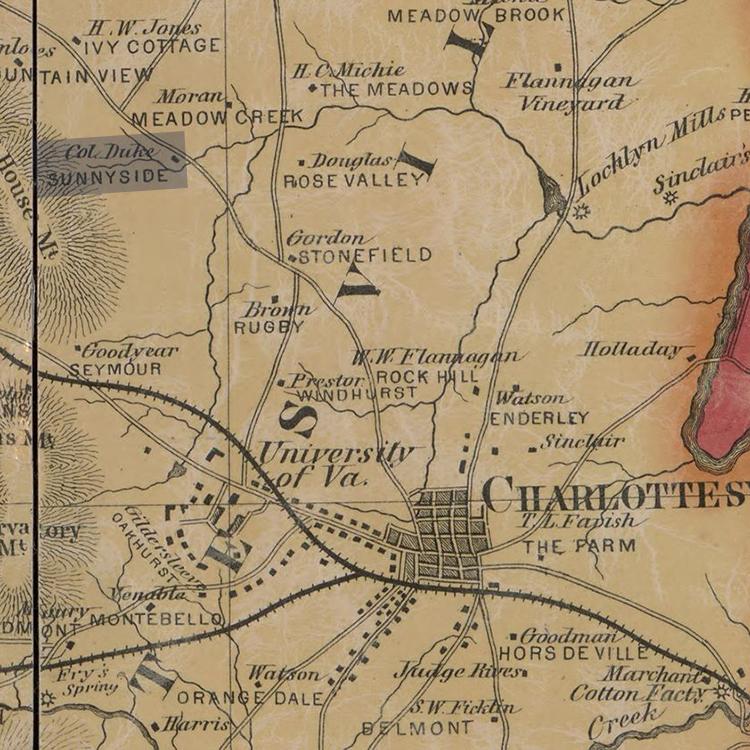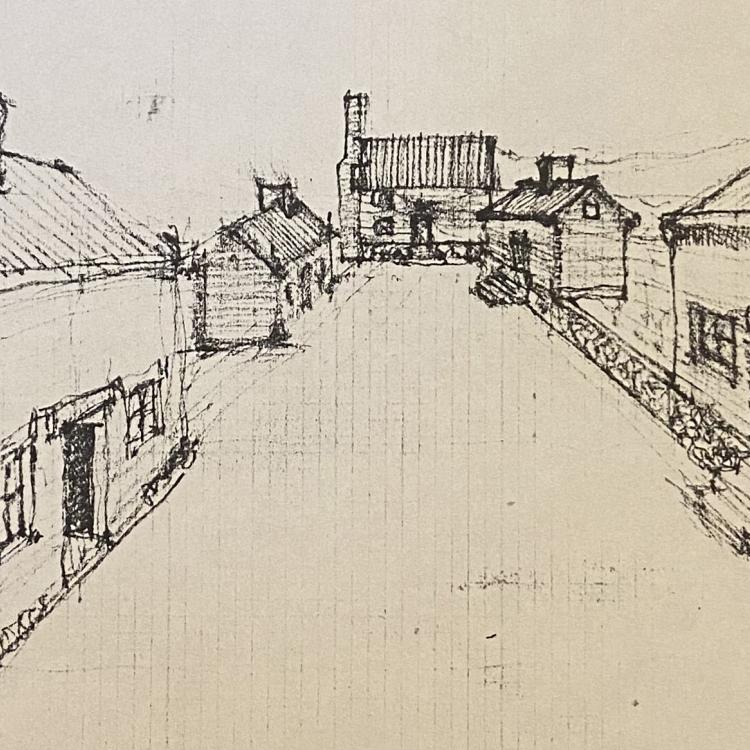The following vignettes highlight people and places that are affiliated with slavery and the University of Virginia School of Law. Each faculty profile contextualizes that individual within the scope of their professional career and brings to light their role in supporting the institution of slavery, both through personal ownership and classroom lectures.
The Student Notebooks section of the site further elucidates the impact of slavery on faculty pedagogy, both from the perspective of legal theory as well as related laws such as the Fugitive Slave Act of 1850.
The Enslaved Persons section is dedicated to the men and women who lived and labored at Sunnyside Plantation, the site of the current Law School, as well as the University. While recollections of these individuals are told primarily from the perspective of the white men who enslaved them, further contextual research provides a more vivid picture of their agency and resistance. We hope to add more profiles to this section as research progresses. Please visit the Enslaved Persons page for additional names of enslaved individuals associated with the law school for whom we have limited information.
The Places section reveals the complex negotiation between Law faculty members' professional endeavors and human bondage within Pavilions III and X. Each vignette touches on the architectural, sensory, professional, and day-to-day aspects of life in the pavilions as well as Sunnyside Plantation.
Enslaved Persons
Lewis Commodore
While the University leased many enslaved workers, Lewis Commodore was the only person known to have been purchased and enslaved by the University. He was working as the Rotunda bell ringer and janitor when the estate that owned his bondage went up for auction in 1832. A cohort of University faculty, including Law Professor John A.G. Davis, purchased him for $580 and were reimbursed by the Board of Visitors.
Caesar Young
Caesar Young was enslaved by the Duke Family at Sunnyside, the site of the modern-day Law School. In 1865, Young watched as Union troops marched into Charlottesville. Following the Civil War, Young continued to work for the Duke Family as a gardener and barbeque pit master. He rose to local fame as a barbeque chef.
Jane
Jane lived at Sunnyside—the property on which the University of Virginia law and business schools now sit— as an enslaved cook, held in bondage by the family of R.T.W. Duke Sr. In March 1865, after the arrival of the Union Army in Charlottesville, Jane left Sunnyside and Virginia.
Faculty
John Tayloe Lomax
1826 - 1830
As the first professor of law at the University of Virginia, John Tayloe Lomax adopted Thomas Jefferson’s view that the study of law should include an examination of government and politics within a broad conceptual framework. Lomax descended from the Tayloes, a prominent slave-holding Virginia family. According to the 1850 U.S. census, Lomax owned 7 enslaved persons in 1850.
John A. G. Davis
1830 - 1840
John Anthony Gardner Davis became the Law School’s second professor at the young age of twenty-eight. Davis lectured to his students that slavery was too engrained in the country's fabric to be eradicated and that the enslaved people in Virginia were better off enslaved than free. While a professor at the Law School, Davis reported in the 1830 U.S. Federal Census that he owned 17 enslaved persons.
Nathaniel Pope Howard
1840 - 1841
In 1840, the Board of Visitors hired Nathaniel Pope Howard as a temporary professor of law to replace the recently-deceased Davis. A native of Richmond, Howard specialized in Virginia court procedure. After leaving UVA in 1841, Howard became Clerk of the Virginia General Court and then entered private practice. Census records indicate that he enslaved at least seven people, some of whom he rented to other enslavers in Richmond.
Henry St. George Tucker
1841 - 1845
Tucker, who served as University of Virginia law professor from 1841 to 1845, entered this role after a distinguished career as a member of Congress, state senator, superior court judge, and President of the Virginia Court of Appeals. Census records show that in 1840, just before his move to Charlottesville, he enslaved 46 people.
John Barbee Minor
1845 - 1895
John Barbee Minor became UVA's professor of law in 1845 and remained so for the next 50 years. Minor became a leading legal educator in the American south. Although Minor doubted the constitutionality of secession in the 1860s, he eventually came to believe it was necessary to protect the South and its institutions, including slavery. Census records and state tax lists show Minor enslaving dozens of people while a professor at UVA.
James Philemon Holcombe
1851 - 1861
In June 1851, the faculty of the Law School was enlarged with the hiring of James P. Holcombe. Though his parents were ardently anti-slavery, Holcombe himself became the strongest support of secession among the University faculty. He used his own interpretations of moral and legal philosophy to justify the practice of slavery in the United States. Holcombe became a representative to the Confederate Congress in 1861.
Places
Pavilion III
Pavilion III was the second pavilion enslaved laborers built on the Lawn, completed in 1823. UVA’s first Law professor, John Tayloe Lomax, moved into the building in 1826 along with his family and enslaved workers. During Lomax’s short tenure, he expanded the pavilion by constructing “The Mews,” an adjacent outbuilding that served as a kitchen and quarters for enslaved people that still stands today.
Pavilion X
UVA’s second Law professor, John A. G. Davis, moved into the larger Pavilion X in 1833 with his family and enslaved workers. His residence began a century-long legacy of Law professor occupancy in the pavilion. With each resident family, Pavilion X underwent structural modifications to appease the individual tastes of its occupants and accommodate large enslaved communities.
Sunnyside
The former Sunnyside property sits on the land now occupied by the UVA Law School. Throughout the 19th century, multiple families lived on and farmed the property with the help of enslaved labor. Charlottesville’s first Poor House was located on the property. The Duke Family purchased Sunnyside in 1863 and enslaved at least 11 individuals who lived and worked there. UVA bought Sunnyside in 1963.
North Grounds Historical Landscape
UVA purchased the Law School's current North Grounds site in 1963, when the tract was mainly woods. For centuries before that, the landscape was home to a long list of inhabitants, including farmers and enslaved laborers, the Albemarle County Poor House, and the Charlottesville barbecue grounds. Many of these sites are visible today from the Rivanna Trail. This video walking tour explores the history of the landscape on which the Law School now sits.

